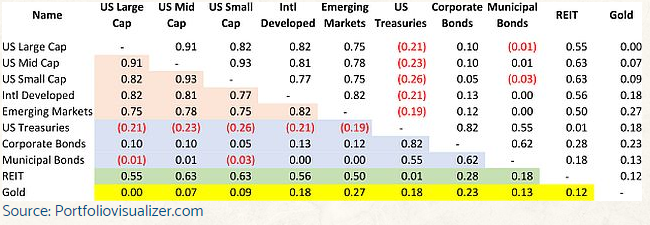Getting ready to retire? Leaving your company? Wondering whether you should sell or roll-over your company stock? That’s really a tax-treatment question, which means you should consult with your tax professional; but, here’s a little information you may want to review.
What you should know: Shares of employer stock get special tax treatment, and in many cases, it may be fine to ignore this special status and roll the shares to an IRA. This would be true when the amount of employer stock is small, or the basis of the shares is high relative to the current market value. However, if you have large amounts of shares or low basis, it might be a very costly mistake not to use the Net Unrealized Appreciation (NUA) Rules.[1]
If your company retirement account includes highly appreciated company stock, one option is to withdraw the stock, pay tax on it now, and roll the balance of the plan assets to an IRA. This way you will pay no current tax on the Net Unrealized Appreciation (NUA), or on the amount rolled over to the IRA. The only tax you pay now would be on the cost of the stock (the basis) when acquired by the plan. By the way, if you withdraw the stock and are under 55 years old, you have to pay a 10% penalty (the penalty is applied only to the amount that is taxable). So, you can then defer the tax on the NUA until you sell the stock. When you do sell, you will only pay tax at the current capital gains rate, whatever it is at that time. To qualify for the tax deferral on NUA, the distribution must be a lump-sum distribution, meaning that all of the employer’s stock in your plan account must be distributed.
Hypothetical Example: Jackie just retired and has company stock in her profit sharing plan. The cost of the stock was $200,000 when acquired in her account, and is now worth $1 million.
- The Rollover Option: If she were to rollover the $1 million to her IRA, the money would grow tax-deferred until she took distributions. At that time, the withdrawals would be taxed as ordinary income – for this hypothetical, let’s assume 35% federal. When Jackie dies, her beneficiaries would pay ordinary income tax on all of the money they receive.
- Withdrawing the Stock: But if Jackie withdrew the stock from the plan rather than rolling it into her IRA, her tax situation would be different. She would have to pay ordinary income tax on the $200,000 basis. However, the $800,000 would not be currently taxable. And she would not have to worry about required minimum distributions on the shares. If she eventually sells the stock, she would pay the lower capital gains tax on the NUA and any additional appreciation.
Jackie’s beneficiaries would not receive a step-up-in-basis for the NUA. However, they would only pay at the capital gains rate. Appreciation between the distribution date and the date of death would receive a step-up-in-basis (we’ll assume a 15% capital gains rate); therefore would pass income tax-free.
| With NUA | Without NUA | ||
| 35% Tax on $200,000 | $70,000 | 35% Tax on $1 million | $350,000 |
| 15% Tax on $800,000 | $120,000 | ||
| Total Tax | $190,000 | $350,000 |
Let’s assume the stock value increases to $1.5 million in five years, and she decides to sell.
| With NUA | Without NUA | |
| Taxable Amount | $1.3 million | $1.5 million |
| Tax Rate | 15% | 35% |
| Potential Income Tax to Jackie | $195,000 | |
| Plus Amount Previously Paid | $70,000 | |
| Total Tax | $265,000 | $525,000 |
Finally, assume that Jackie died in five years after the stock increased to $1.5 million. What would her beneficiaries have to pay?
| With NUA | Without NUA | |
| Taxable Amount | $800,000 | $1.5 million |
| Tax Rate | 15% | 35% |
| Income Tax | $120,000 | $525,000 |
| Amount Receiving Step-Up in Basis | $500,000* | 0 |
*Because 2010 is a transition year with estate taxes, there is a limit on the step up in basis of $1.3 million for capital gains.
Okay, now you know enough to be dangerous. Next step: Meet with your tax professional to (1) check for any possible tax law changes, and (2) plug-in your own numbers and tax rates, and (3) discuss any complicating issues this piece isn’t considering. I have a report, entitled “Six Best and Worst Rollover Decisions” available and there’s a link to it in our ezine that covers this topic. You’ll find it in our Insights archive. You might want to subscribe





